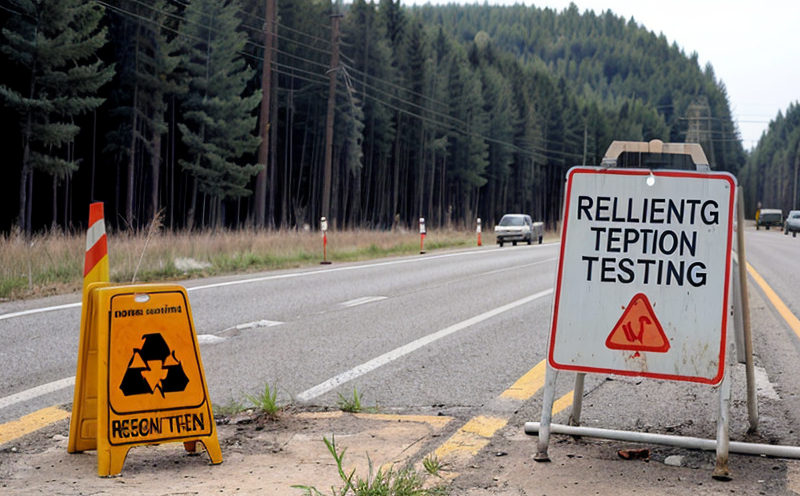ISO 11665-7 Radon Exhalation Rate Measurement from Soil
The measurement of radon exhalation rates from soil is crucial in environmental radiation testing, particularly for assessing the potential risk of radon gas exposure inside buildings. Radon, a radioactive noble gas, can be found naturally in many environments and poses health risks when it accumulates indoors at high concentrations.
ISO 11665-7 provides comprehensive guidelines for measuring radon exhalation rates from soil surfaces, which is essential for compliance with various national and international standards. This standard ensures accurate measurements and helps mitigate the risk of exposure to this harmful gas in residential areas and commercial buildings.
The testing process involves several steps: specimen preparation, measurement setup, data collection, and analysis. Specimen preparation includes selecting representative soil samples from the site of interest. Measurement setup requires the installation of a suitable measurement device that adheres to ISO 11665-7 specifications. Data collection entails monitoring radon exhalation rates over an extended period to ensure reliable results.
The measurement device should be calibrated regularly to maintain accuracy, and the test site must be controlled for other potential sources of interference. After data collection, it is essential to analyze the results according to ISO 11665-7 criteria to determine compliance with relevant standards.
Understanding radon exhalation rates from soil is vital in various sectors, including residential construction, commercial building design, and public health policy-making. By accurately measuring these rates, stakeholders can take appropriate measures to reduce indoor radon levels, thereby protecting occupant health.
Applied Standards
The ISO 11665 series of standards is widely recognized and applied in the field of environmental radiation testing. Specifically, ISO 11665-7 focuses on radon exhalation rate measurement from soil surfaces. This standard ensures that the methods used for measuring radon are consistent with international best practices.
- ISO 11665-7 specifies the procedures for determining the rate of radon gas escaping from soil into the atmosphere.
- The standard covers various aspects such as sample preparation, measurement setup, data collection, and analysis.
- It emphasizes the importance of using appropriate equipment that meets the requirements set forth by ISO 11665-7.
By adhering to these standards, laboratories can ensure the accuracy and reliability of their measurements. This compliance is essential for maintaining public health and safety in environments where radon exposure could be a concern.
Scope and Methodology
| Aspect | Description |
|---|---|
| Sample Preparation | The soil samples should be taken from the site of interest. The number of samples depends on the size of the area being tested. |
| Measurement Setup | The measurement device must be installed according to ISO 11665-7 specifications. This ensures that all tests are conducted under controlled conditions. |
| Data Collection | Radiation levels should be monitored over an extended period, typically several days, to account for variations in environmental factors. |
| Analysis | The collected data is analyzed according to ISO 11665-7 criteria. This involves comparing the measured radon exhalation rates with established thresholds. |
The methodology outlined in ISO 11665-7 ensures that all measurements are conducted consistently and accurately, providing reliable data for decision-making processes.
Quality and Reliability Assurance
- Calibration of measurement devices to ensure accuracy.
- Controlled test site environments to minimize external interference.
- Regular verification of measurements against established standards.
- Data validation through multiple replicates for consistency.
The quality and reliability assurance measures are critical in ensuring that the results obtained from ISO 11665-7 radon exhalation rate testing are trustworthy. These steps help maintain high standards of accuracy and precision, which is essential for making informed decisions regarding radon mitigation strategies.





